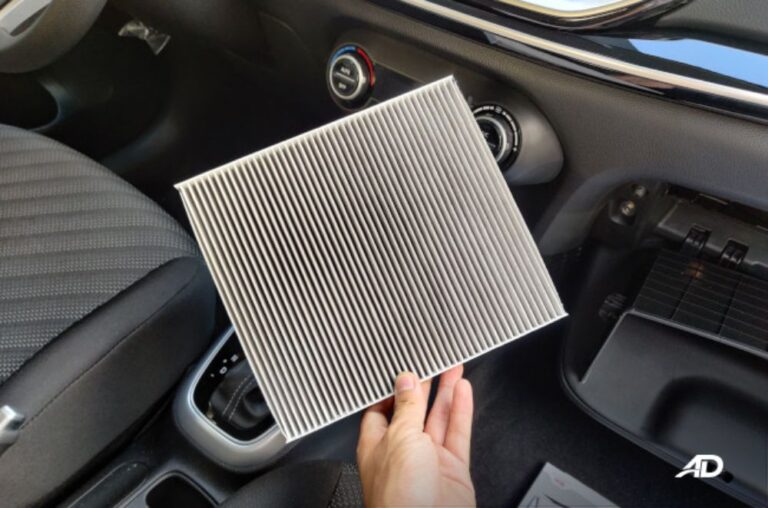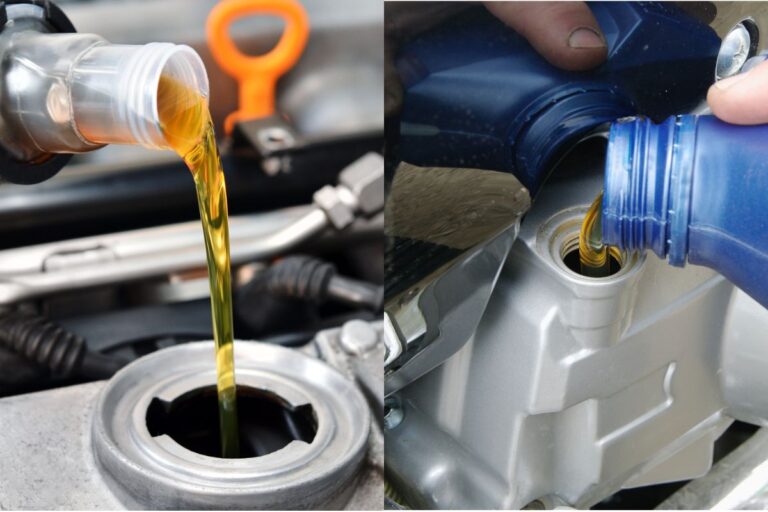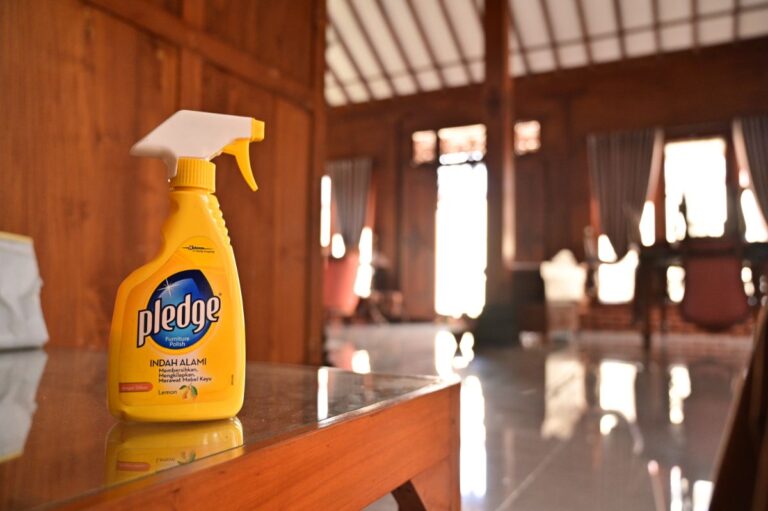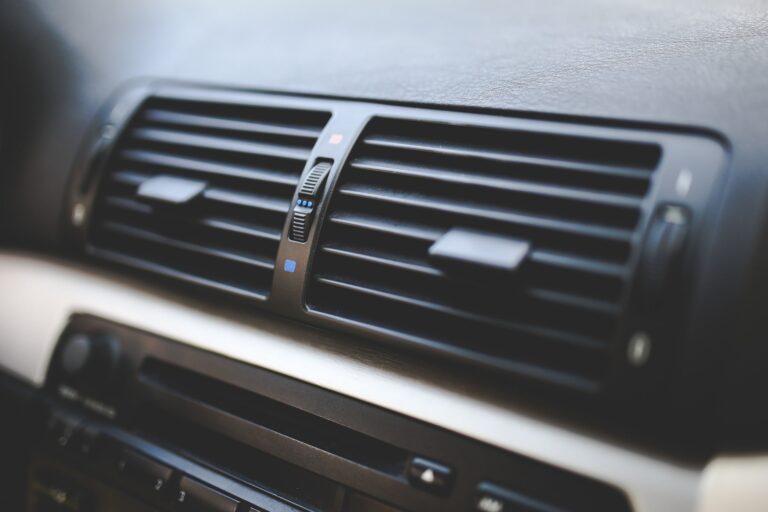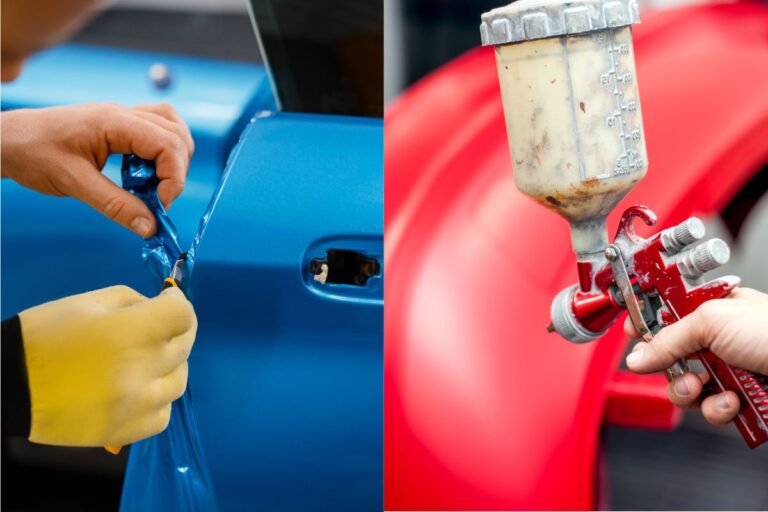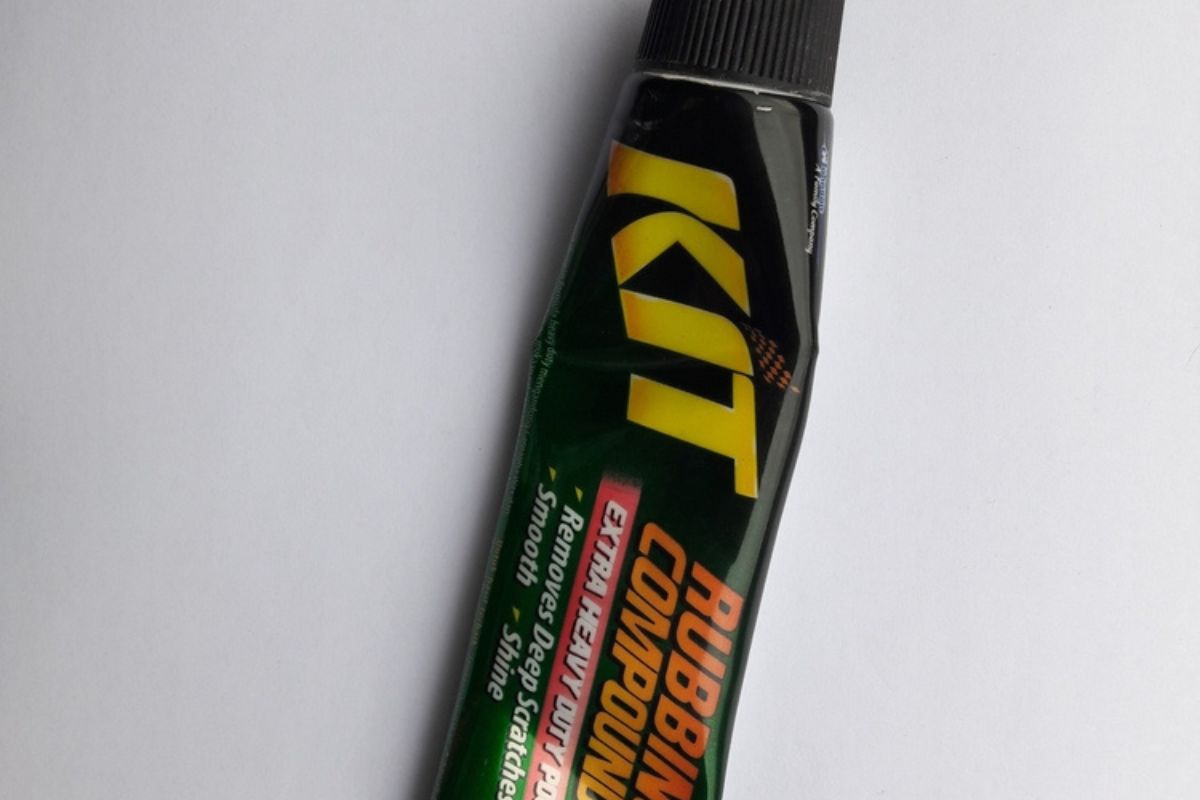
No matter how much you try to drive carefully, your car will probably end up with scratches and weathered paint that looks dull at some point. This can be caused by the build-up of tar and grime over time. One of the best ways to deal with this issue is to apply rubbing compound, also known as buffing compound.
Proper use of rubbing compound can easily do away with general signs of aging paint. You can also use it to remove some severe imperfections. For instance, it’s perfect for scratches, stubborn stains, and paint transfer.
However, there are claims that rubbing compound can damage your car’s paint.
What is Rubbing Compound?
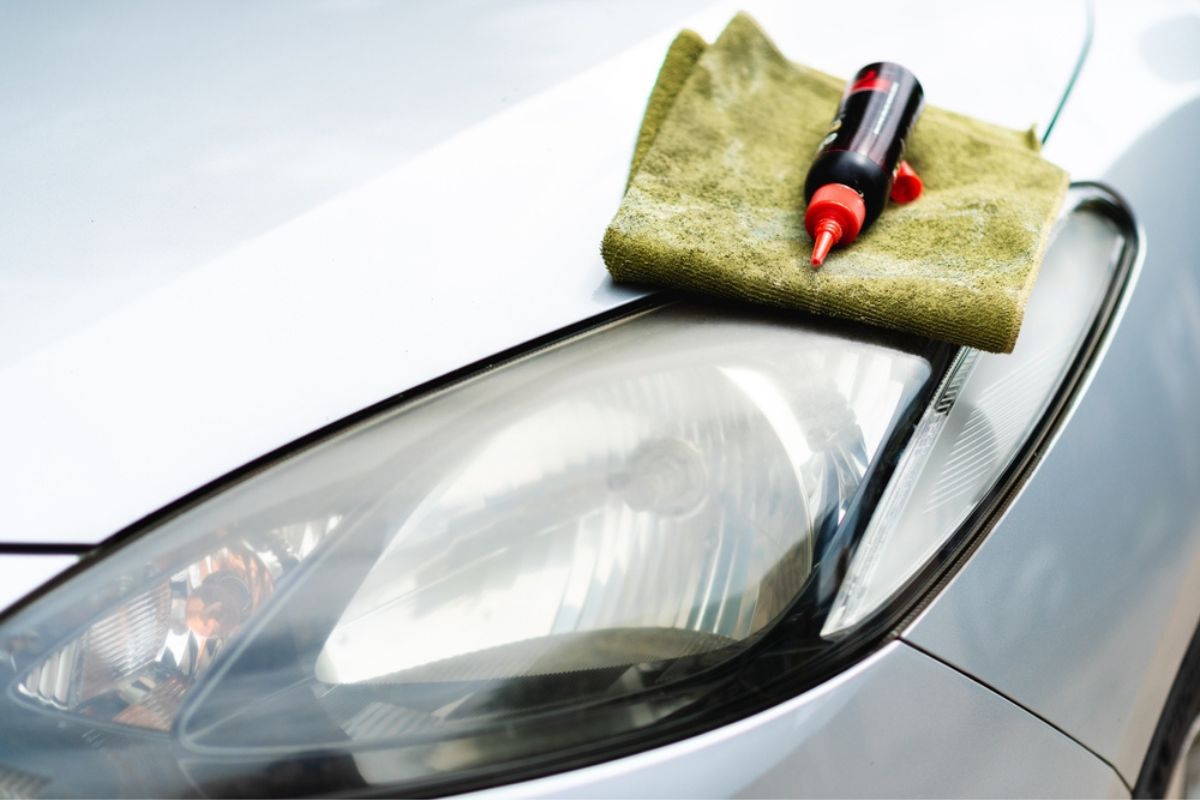
Rubbing compound is a pasty substance that has abrasive properties. It’s mostly used to correct paint damage and for polishing cars. The substance works like liquid sandpaper to remove a thin layer of the top coat.
This helps you do away with uneven surfaces and paint scratches, which makes your paint shiny and smooth. Covering your car with rubbing compound is not what fixes the paint. This happens when you start wiping it off using a polisher or microfibre cloth.
The compound softens the topmost layer of paint, evens it, and eliminates contaminants during the polishing process.
Is it Advisable to Use Rubbing Compound On My Car?
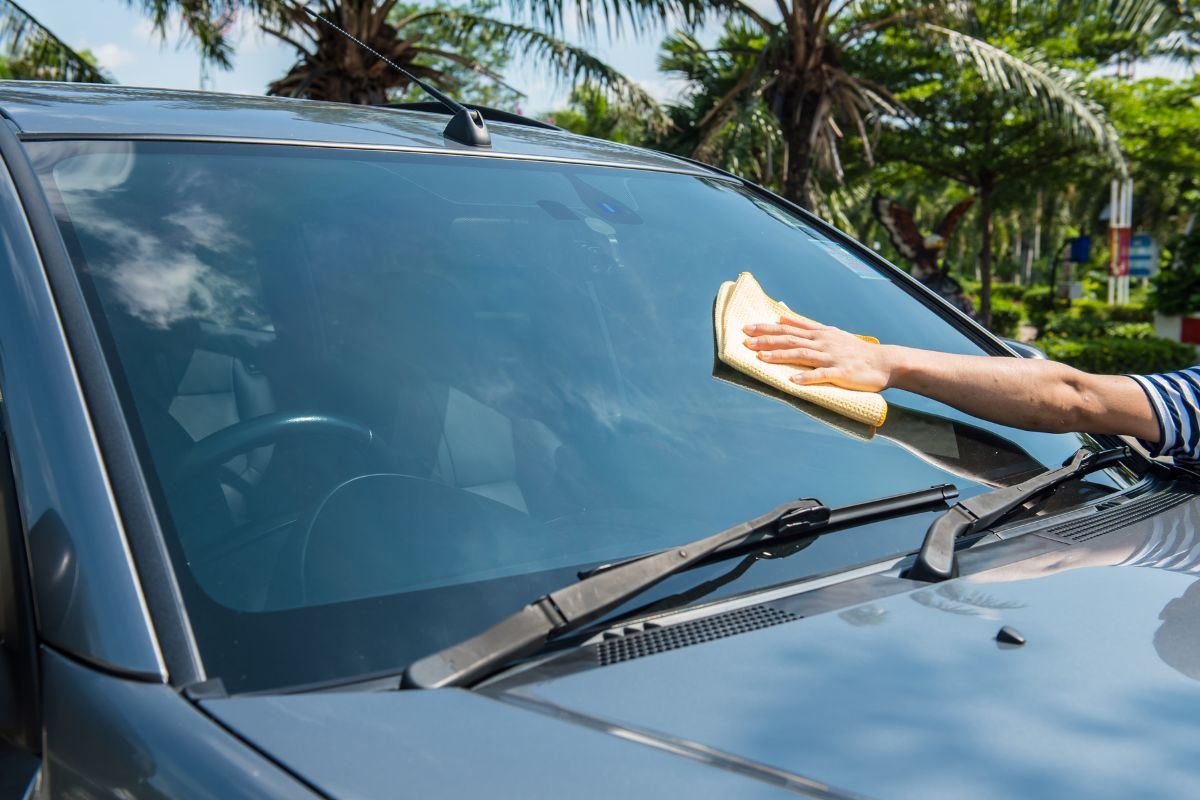
Rubbing compound is great if used correctly. There are several different types of rubbing compounds, so the first thing is to figure out which one you need to use and how to use it in a way that doesn’t damage your car’s paint. The clear coat on your car will adhere to almost everything you rub on it.
This is why you need to ensure that you use a rubbing compound specifically designed for the type of paint you have. If you use rubbing compound well and choose the right type, it will aid in the improvement of your vehicle’s quality. There are instances when rubbing compound can damage car paint.
However, it’s not so much about the compound itself but how you use it. As mentioned before, you need to choose the right rubbing compound. You also need to know how to apply it and how to use it.
If you choose a very aggressive compound and rub for prolonged periods, you can end up with a faded finish. Therefore, in a way, that could be considered damage to the paint. Do not use rubbing compound on your own unless you know how to choose the right one and how to apply it.
Apart from faded paint, you can also end up with swirl marks on the paint. This is due to the abrasive nature of the compound.
How to Choose the Proper Rubbing Compound for Your Car

There are different types of rubbing compound. To prevent paint damage and to get good results, you need to take the time to research and choose the right one. The choice of rubbing compound will largely depend on the level of paint damage.
If your car’s paint surface is free from scuffs and scratches, but it has become lifeless and dull, you will probably have to go for a considerably light rubbing compound. This will help you restore the paint to showroom condition. If you are looking to get rid of minor scratches and scuffs, it may be necessary to use a slightly more aggressive rubbing compound.
It could also be a good idea to finish off with a lighter one. Apart from choosing an aggressive compound, heavier scratches may require you to use a machine applicator, whereas, with lighter scratches, you can get away with using your hand. When it comes to using rubbing compounds, it’s best to be realistic.
The rubbing compound will not be a substitute for the more expensive option of repainting or retouching damaged surfaces. If your paint is gone beyond repair, you will only get good results if you repaint or retouch. Rubbing compound is a good solution for minor surface blemishes and doing away with the dullness that comes with normal everyday use.
Anything more serious should be corrected with retouching, and widespread damage will require respraying.
Other Things You Need to Properly Use a Rubbing Compound

The best way to select the right rubbing compound is to talk to your supplier and have them help you figure out if it’s suitable for your car’s paintwork. Once you have selected the right rubbing compound, there are several other things you will need to ensure that it doesn’t end up damaging your paint. As you might imagine, you need a means of applying the compound.
For this, you can use a cloth. It’s important to make sure that the cloth you use is very clean and soft. It must be absolutely free of grease, grit, and any other type of foreign matter.
You can find several proprietary applicators in shops that are specifically meant for applying rubbing compound. Before you apply rubbing compound, it’s a good idea to clean your car. You will need a good quality car shampoo for this.
This ensures that you don’t end up rubbing sand and debris into your car’s paint, which will definitely cause damage. If the damage to your paint is substantial, or if you are treating a large area, it would be better to use a machine applicator. For your safety, you may also need a mask.
This will prevent you from inhaling any fine particles released by the rubbing process. It will also protect you from fumes that can be given off by the rubbing compound and car paint. Apart from a mask, it’s essential to protect your eyes.
A pair of goggles will do just fine. This is especially important if you are using a machine applicator or a buffing machine.
How To Properly Prepare Your Car for Rubbing Compound
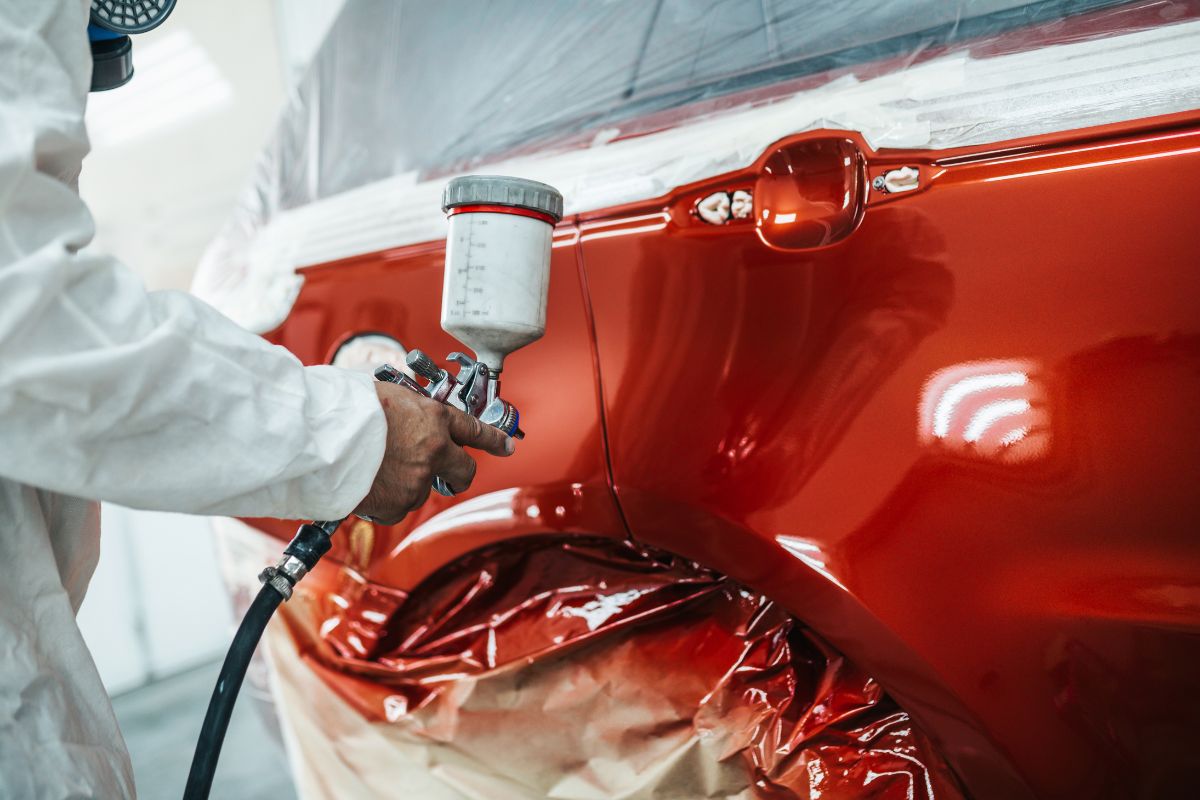
Once you have all the materials you need, the next step would be to prepare your car. It’s also a good idea to choose a dry day that’s not too sunny. If it’s too hot, you may have problems with the paint surface getting too hot, which can make application super difficult.
The first step should be to clean the car. If you want to focus on a smaller area, you can just clean the surface to be treated. Once you are done cleaning, let the surface dry thoroughly.
For small areas, you may want to use specially impregnated cleaning wipes. If you are washing by hand, you can look for a grit guard to use with your water bucket. These prevent dirt and grit from getting onto your sponge, where they can end up being re-applied to the paint, causing scratches.
Frequently Asked Questions (FAQs) About Rubbing Compound
Should You Allow Rubbing Compound to Dry on Paint Finish?
The short answer is no. Water and oils in the rubbing compound are crucial for lubrication, which aids in the compound’s cleaning abilities. If rubbing compound dries on your car’s paint, it will be very difficult to remove.
Apart from that, it will end up being too aggressive to the car’s finish. This is why you should always apply rubbing compound using a damp applicator. You must also make sure that you remove it before it dries to prevent paint damage.
What if I Use Rubbing Compound on New Car?
You must not use rubbing compound to try and improve the paint quality of your new car. It can be a bit too aggressive for new car paint. Instead, you should test less aggressive products first.
There are several scratch repair and renewal products that you can use before you attempt to use rubbing compound.
When Must You Use Rubbing Compound?
You can use a rubbing compound to eliminate severe paint damage that cannot be corrected using milder formulas. You can also use it to do away with stubborn stains and severe oxidation. Whenever you bump into someone’s car, or they bump into you, apart from the scratches and dents, you can also end up with paint transfer.
A buffing compound will help you remove paint transfer as well.
Is There a Difference Between Rubbing Compound and Polishing Compound?
Many people tend to confuse rubbing compound and polishing compound. This causes situations where people end up not knowing which compound to choose for themselves. Polishing compound is generally less abrasive.
It’s usually used for increasing the shine and enhancing paint finishes. While it can help you get rid of some light imperfections, it will not be able to remove heavier paint imperfections. On the other hand, rubbing compound is larger particle sizes.
This makes it way more abrasive. It’s able to smooth out heavy scratches and restore more severe paint damage.


